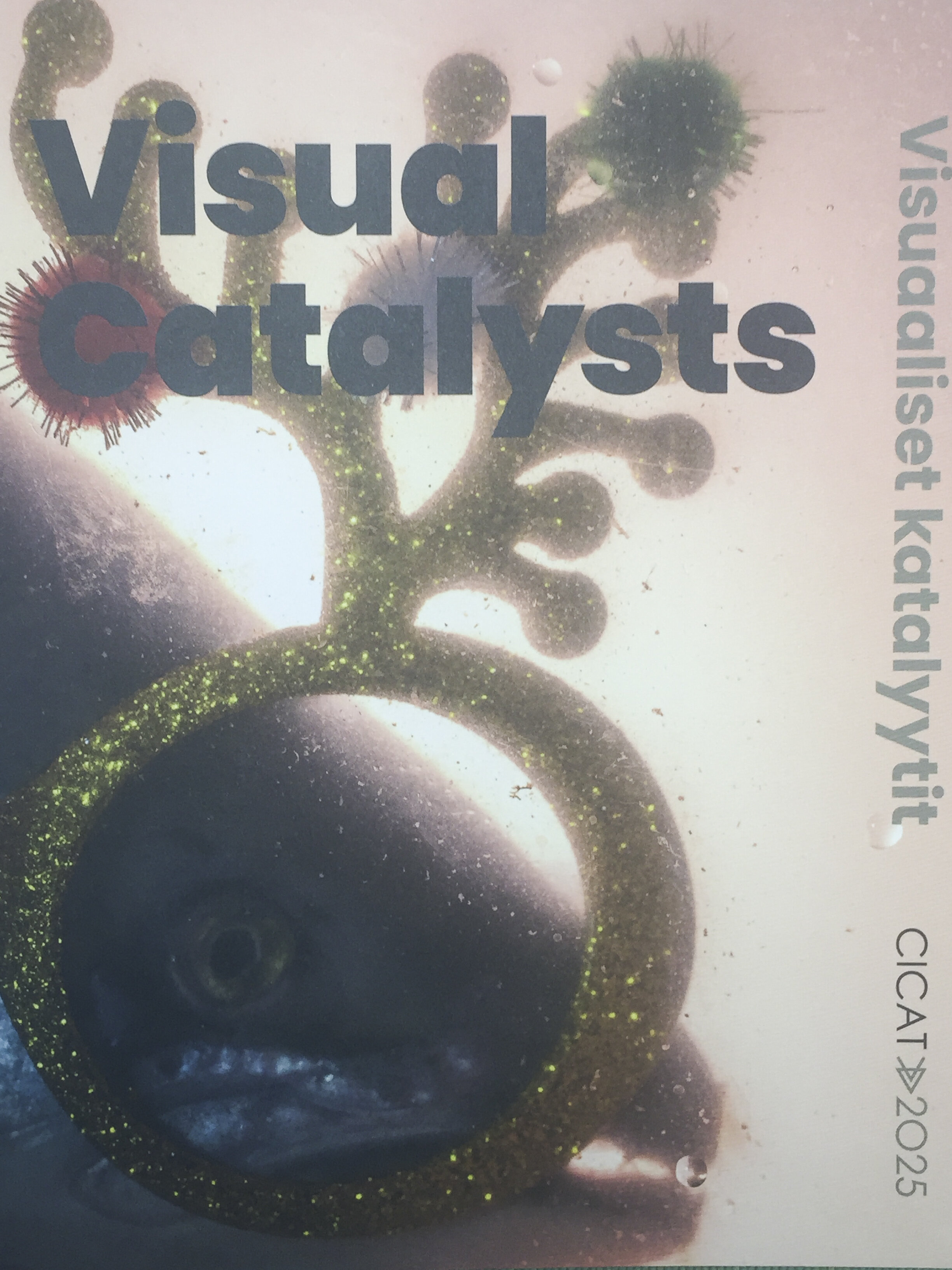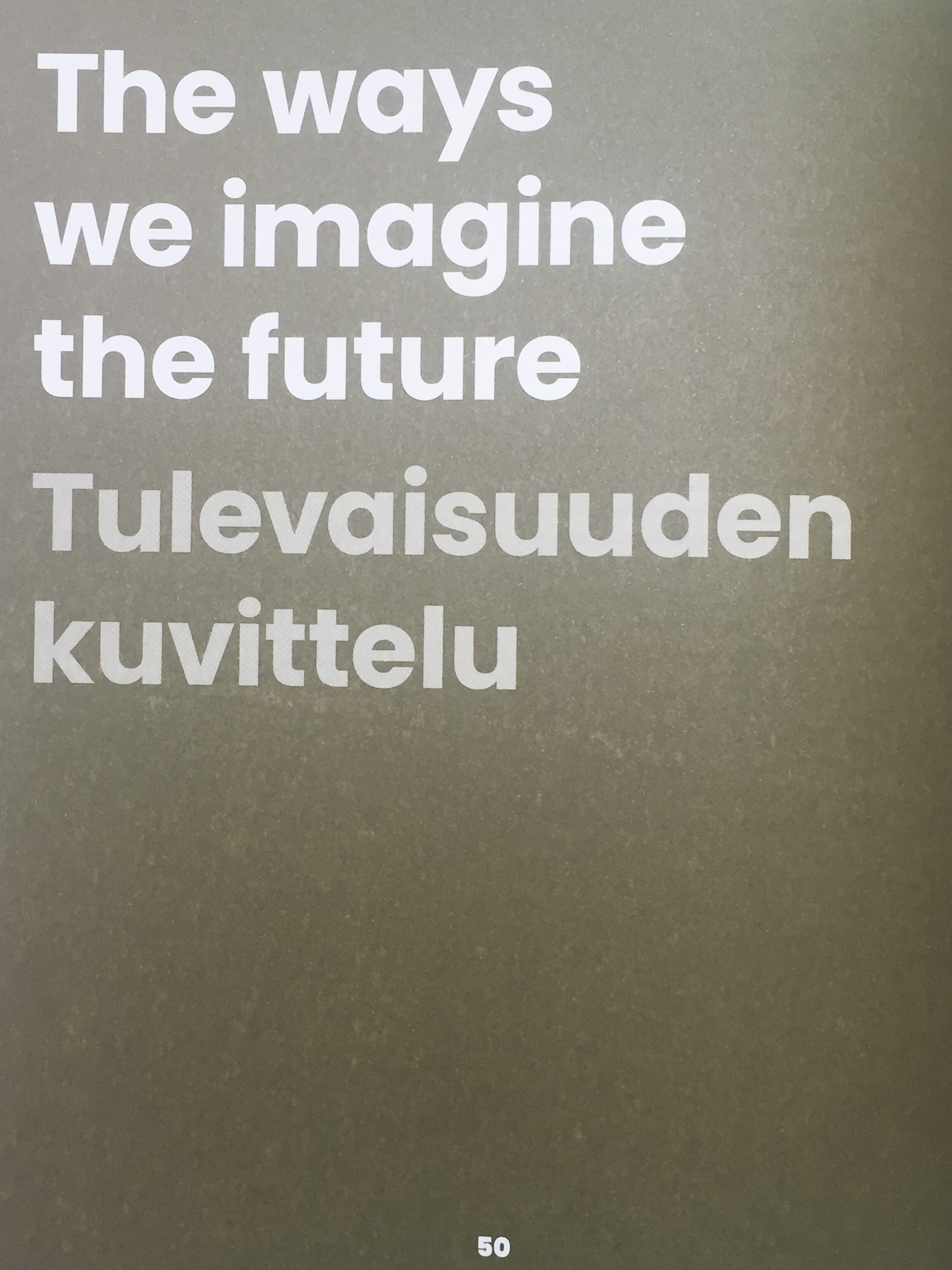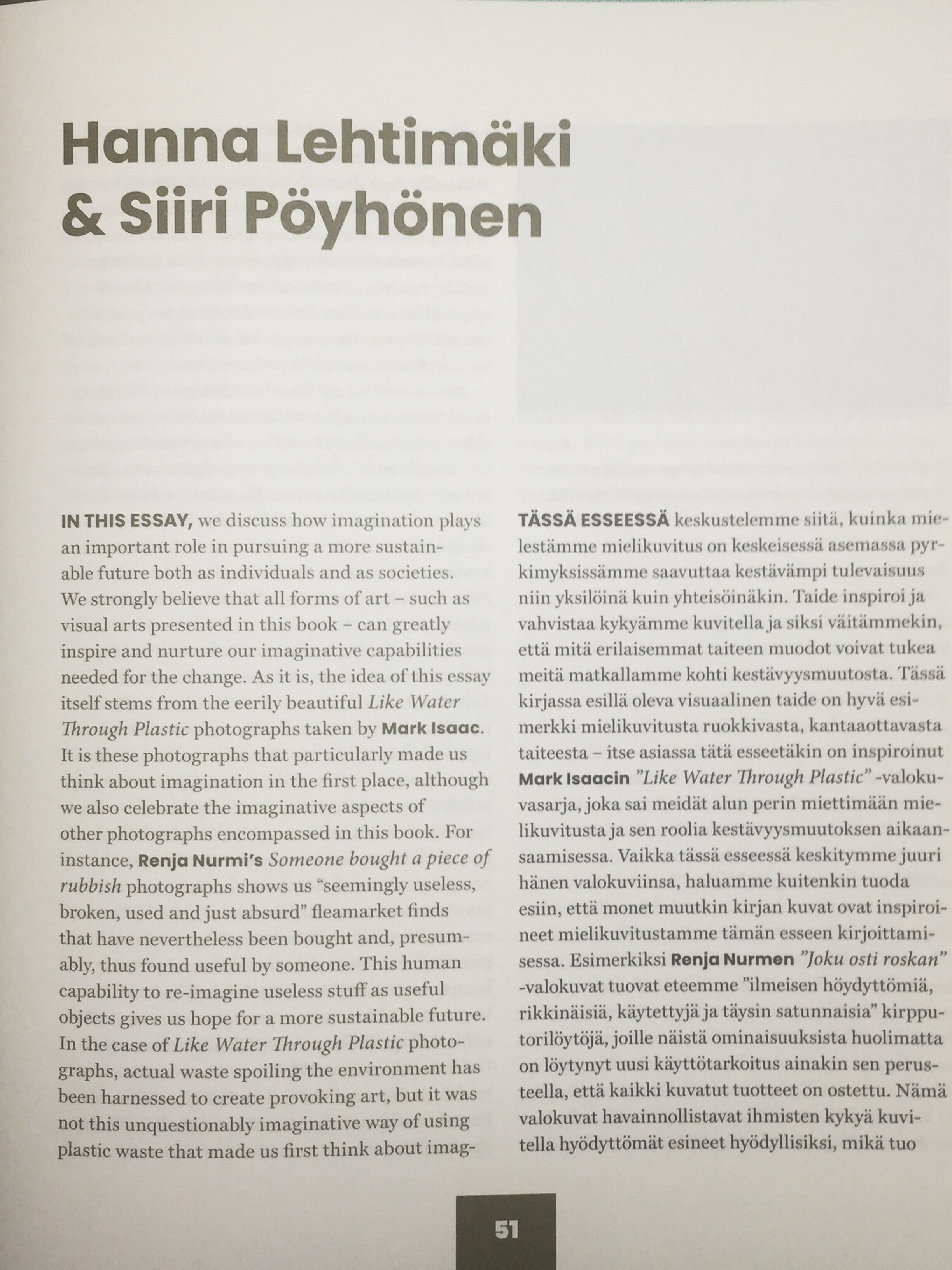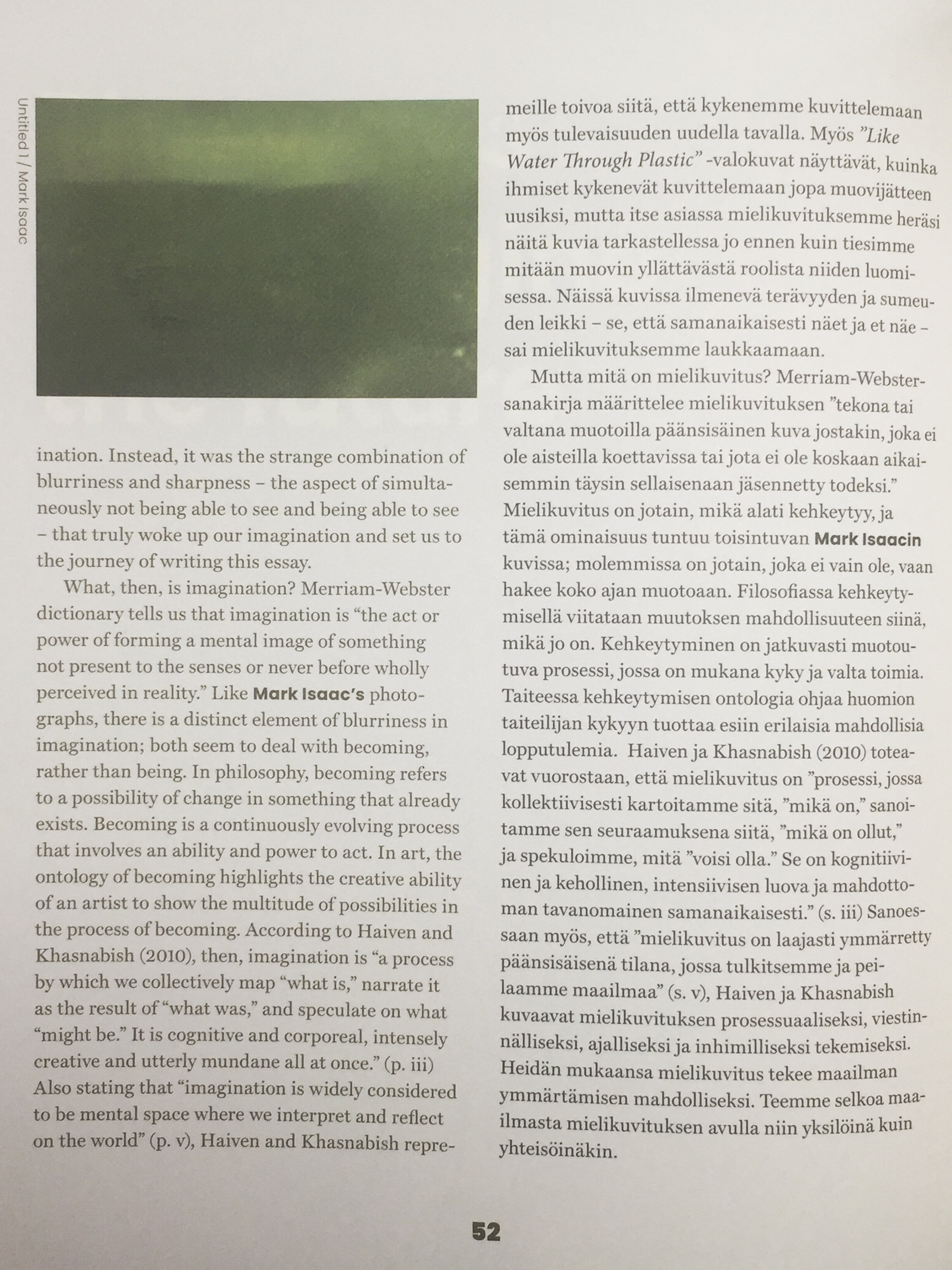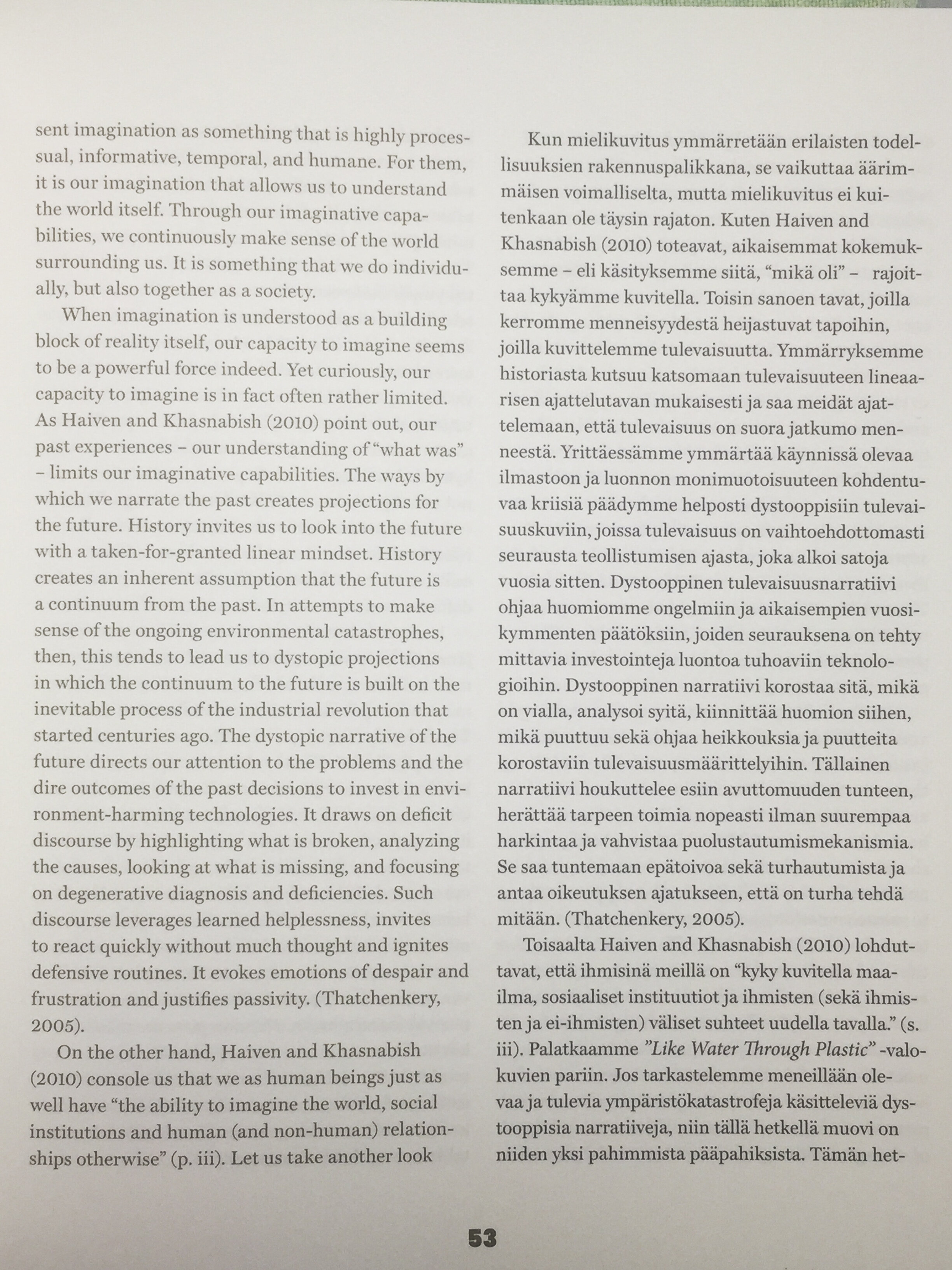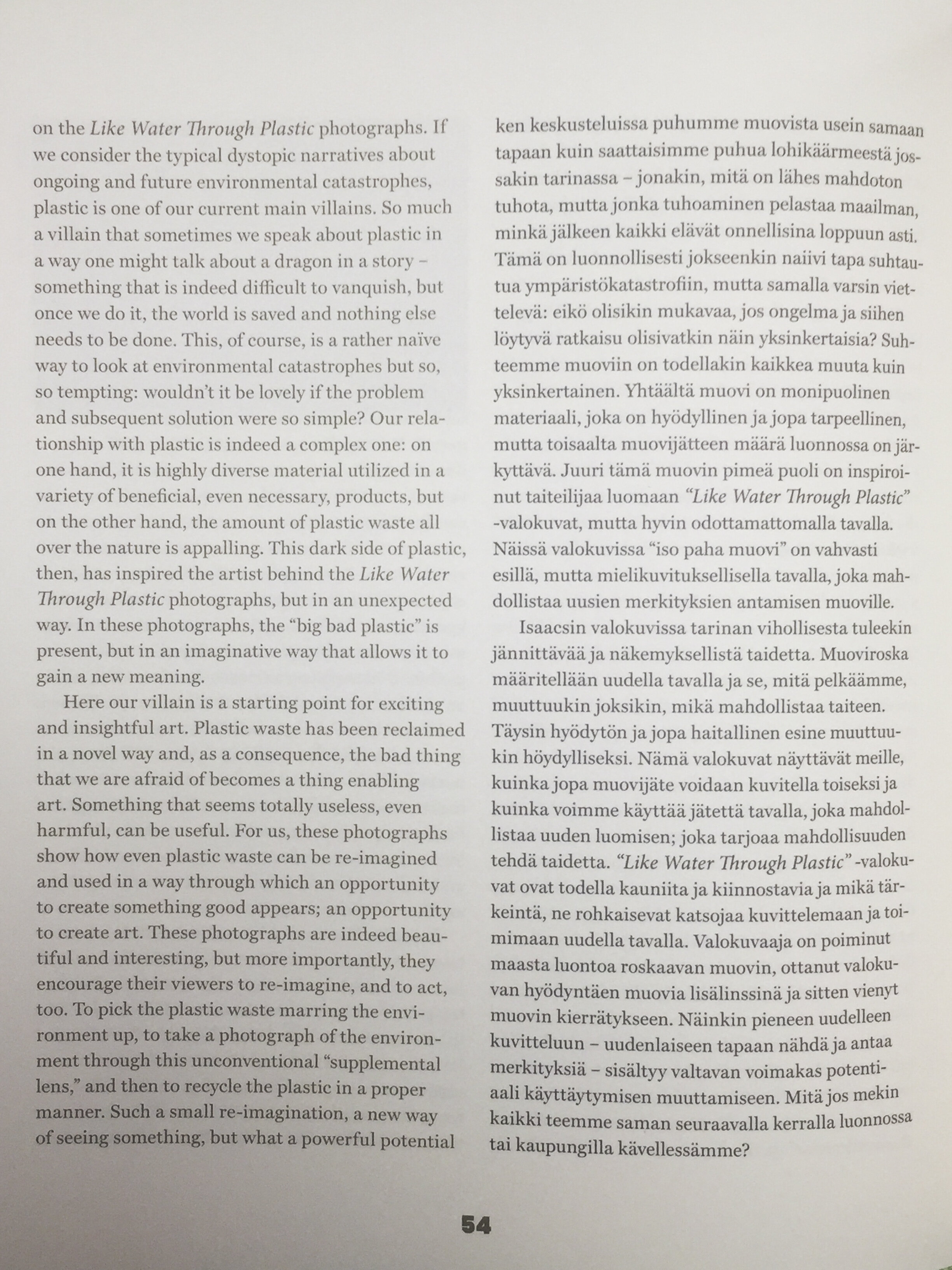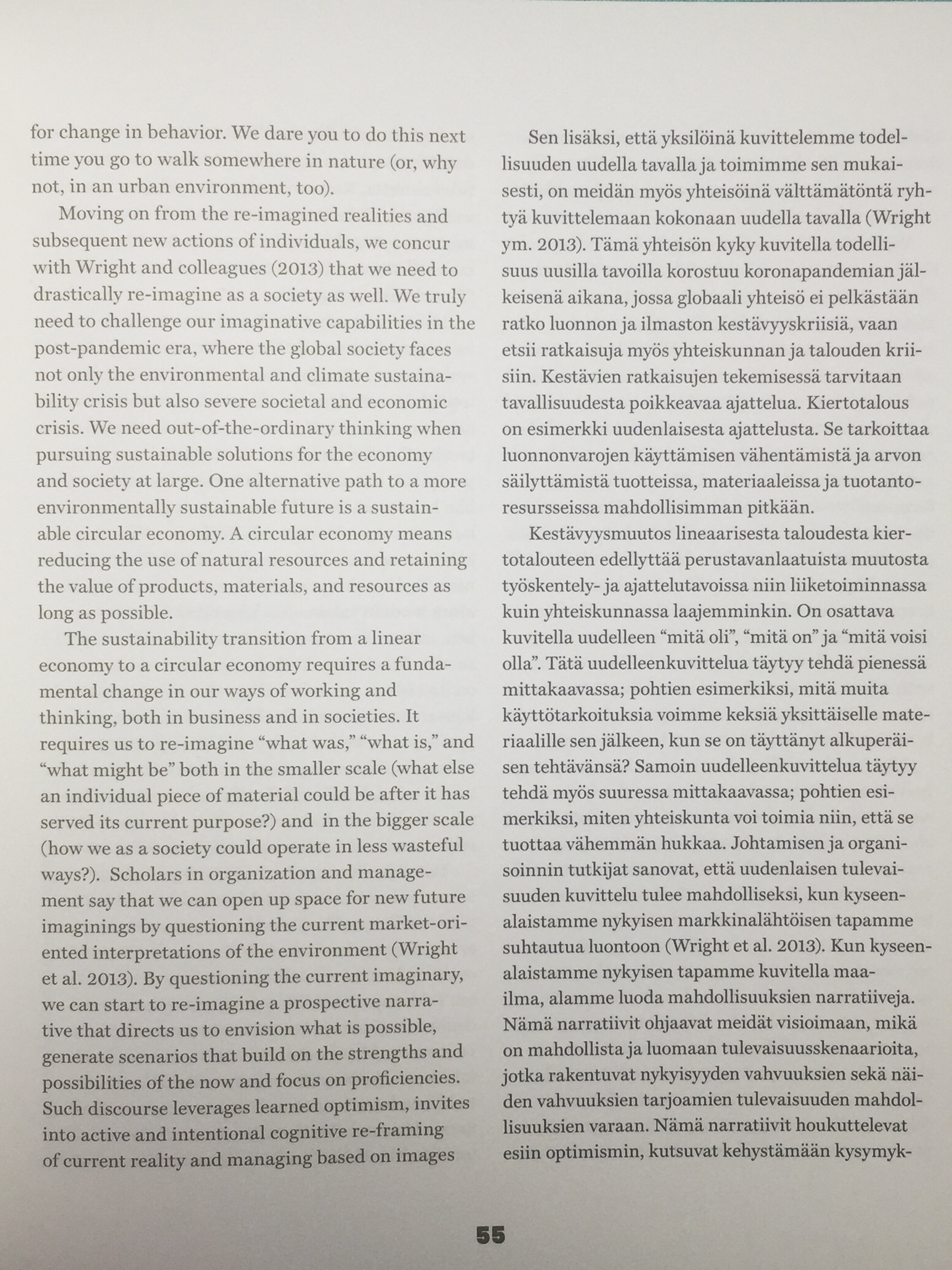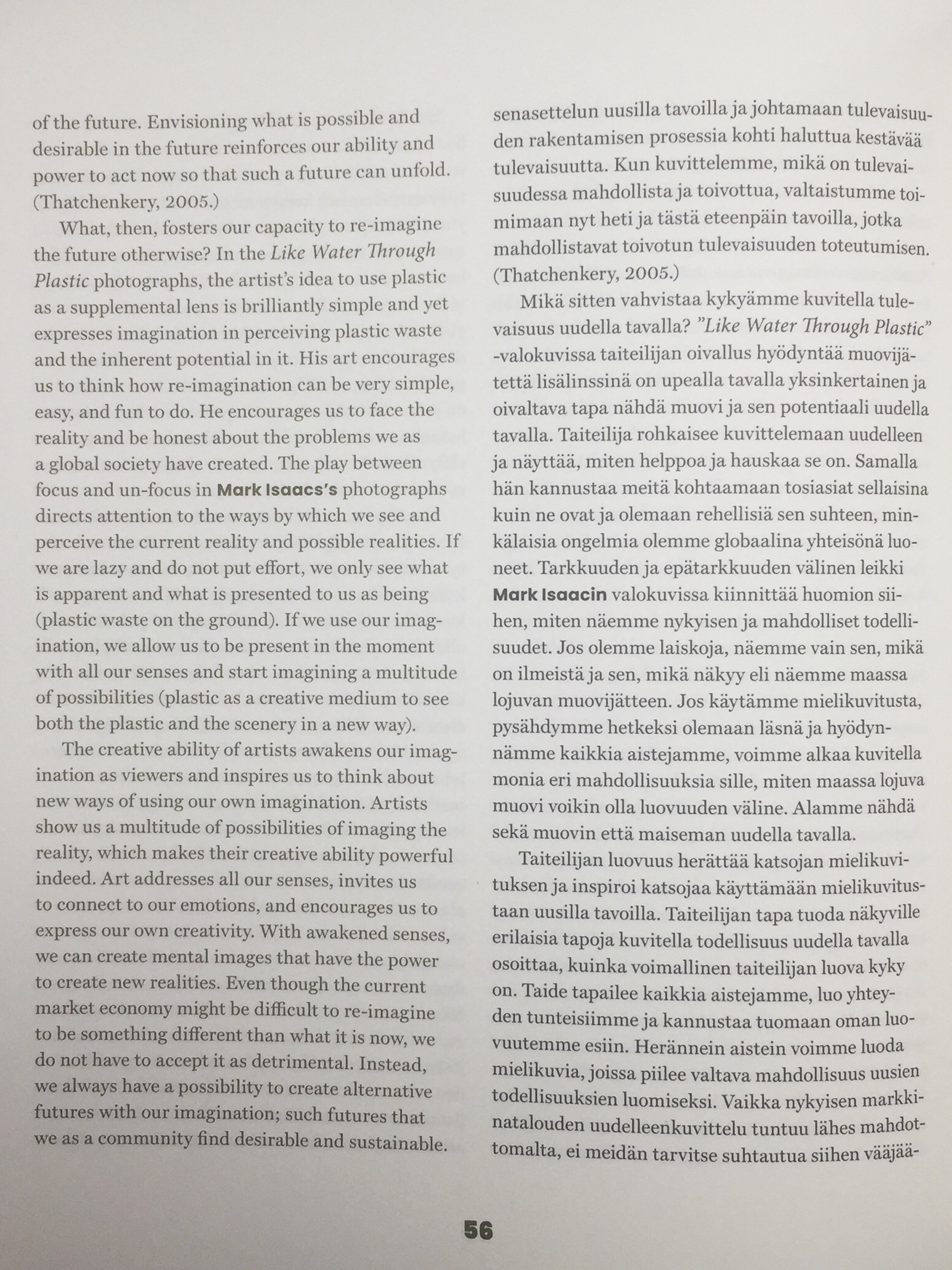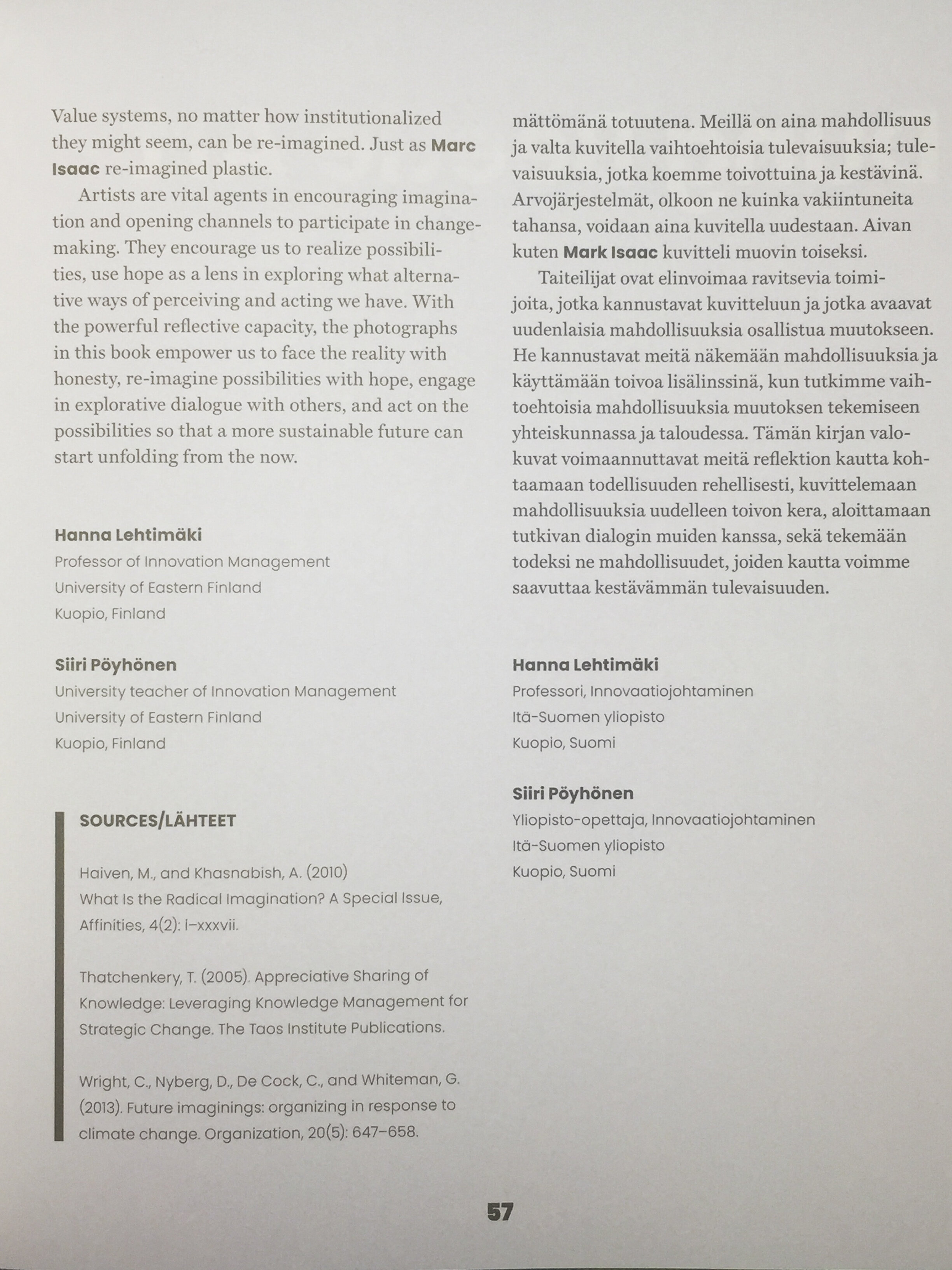Mark Isaac
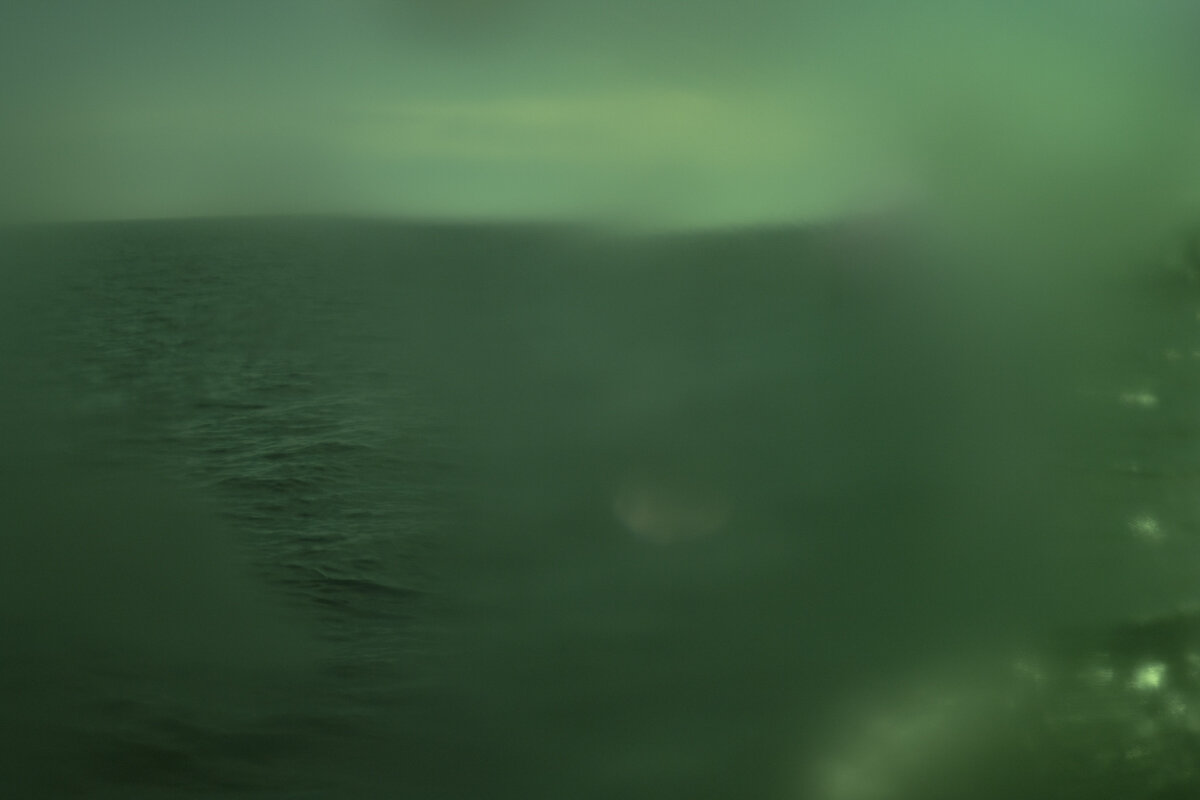
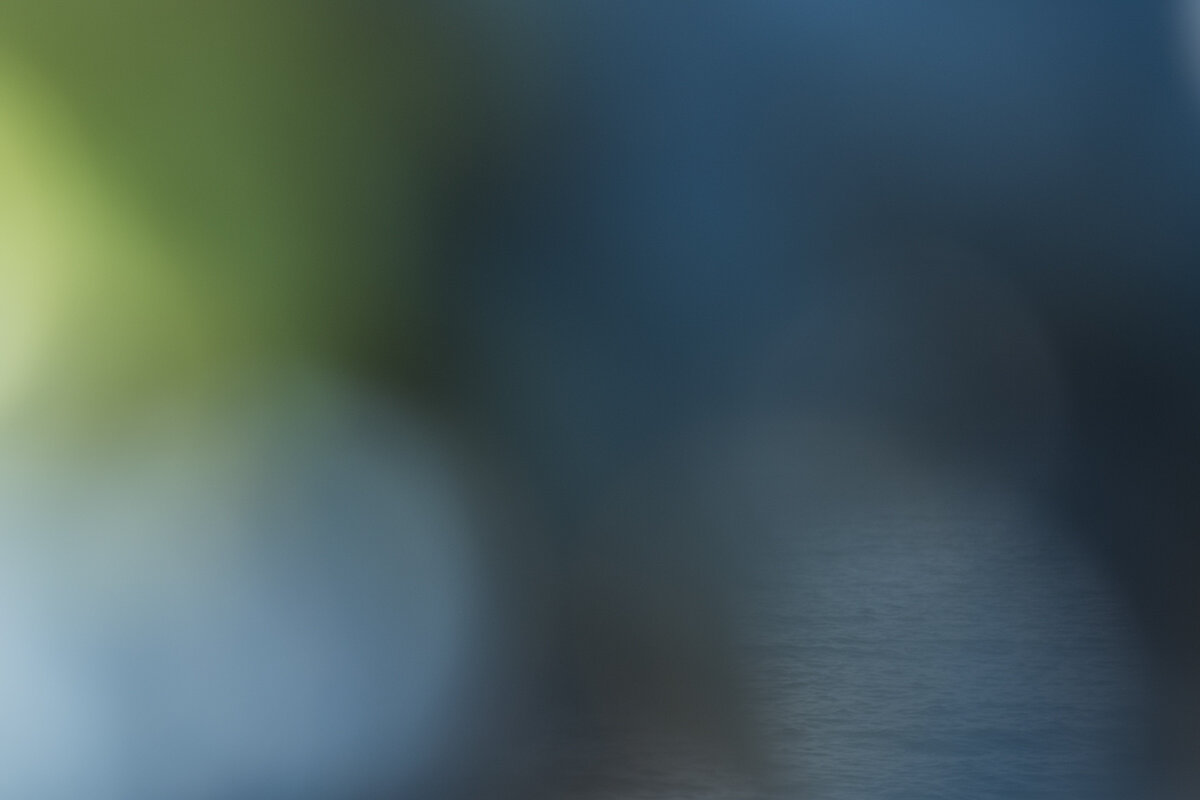
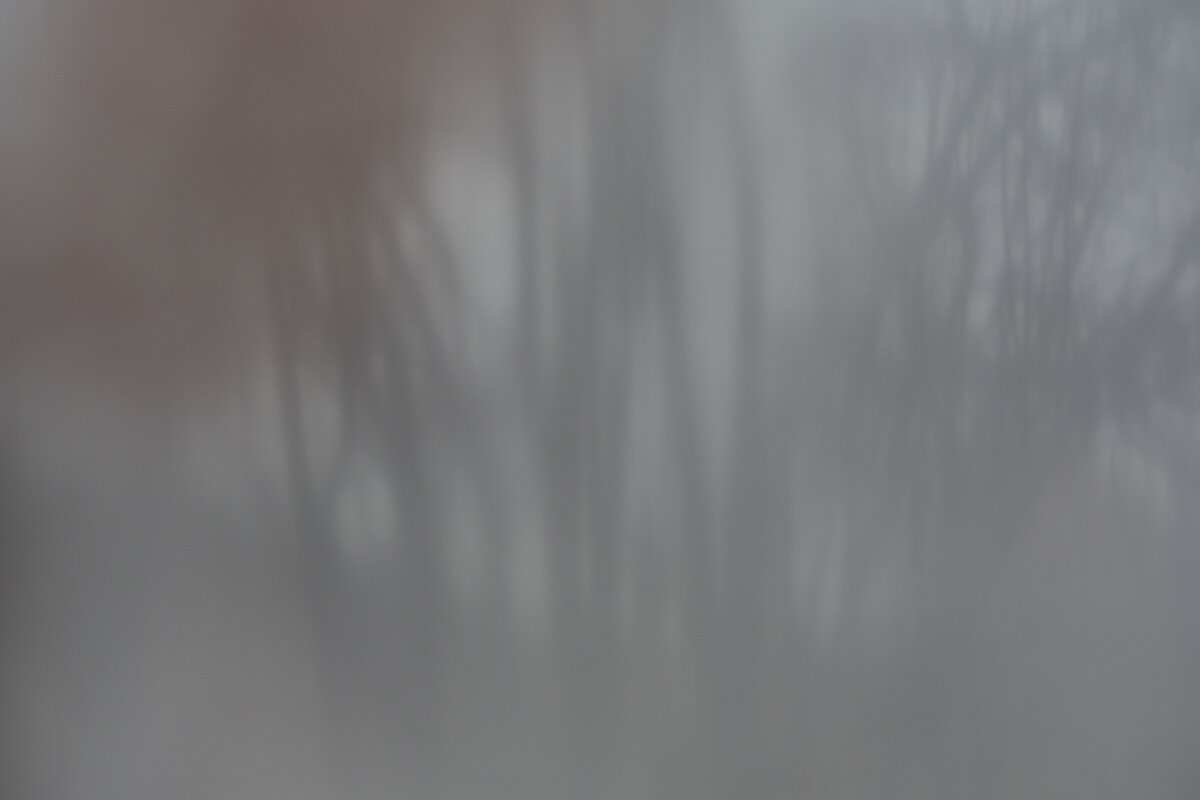
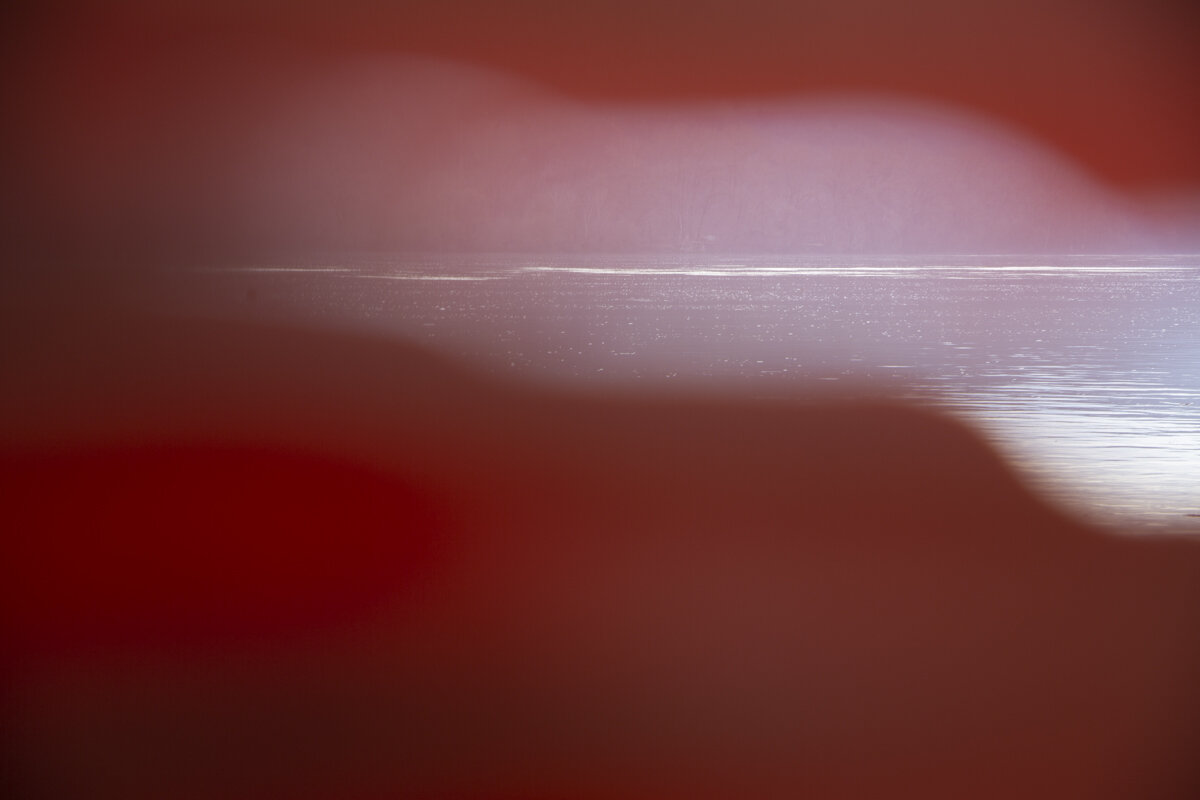
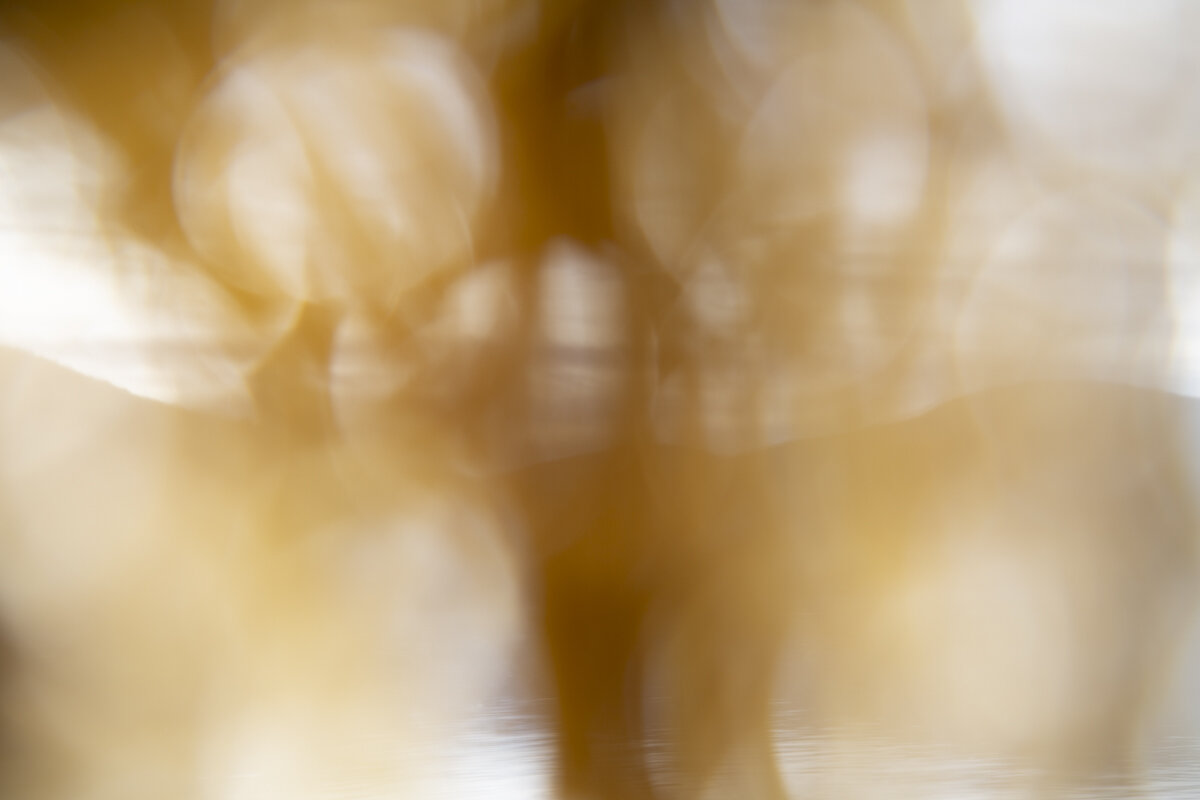
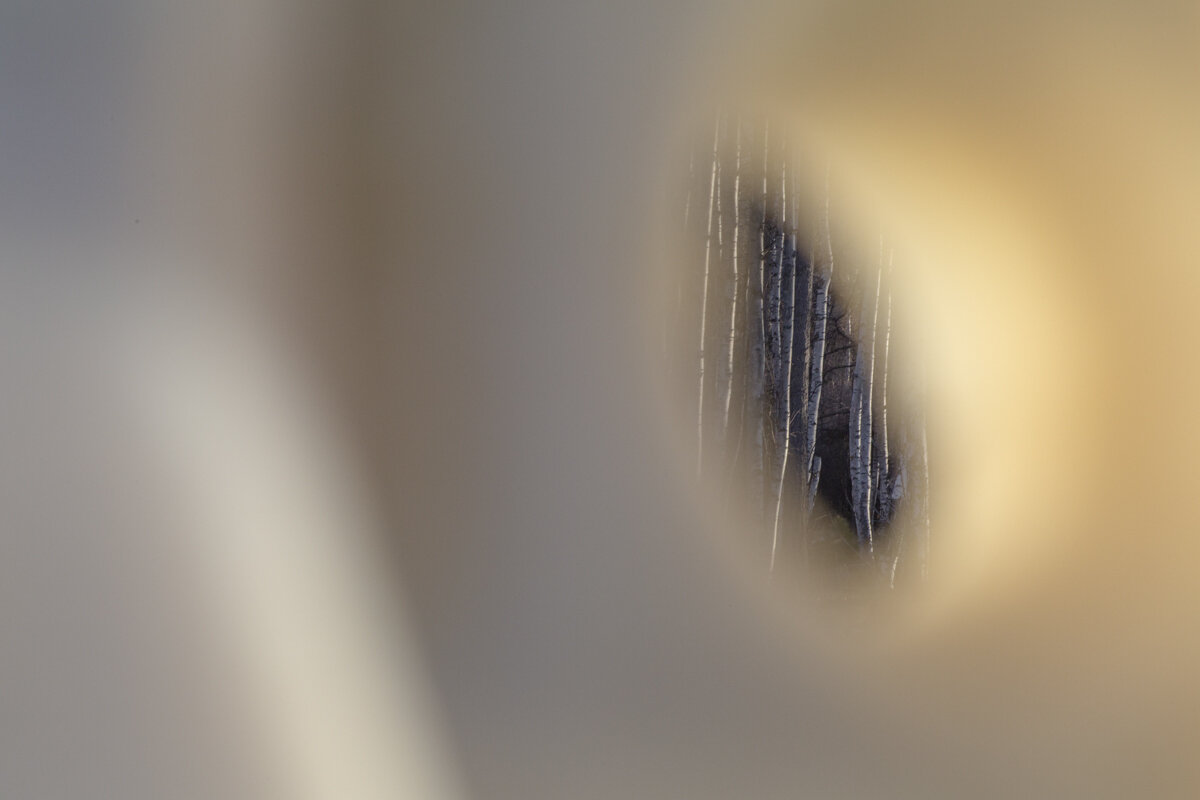
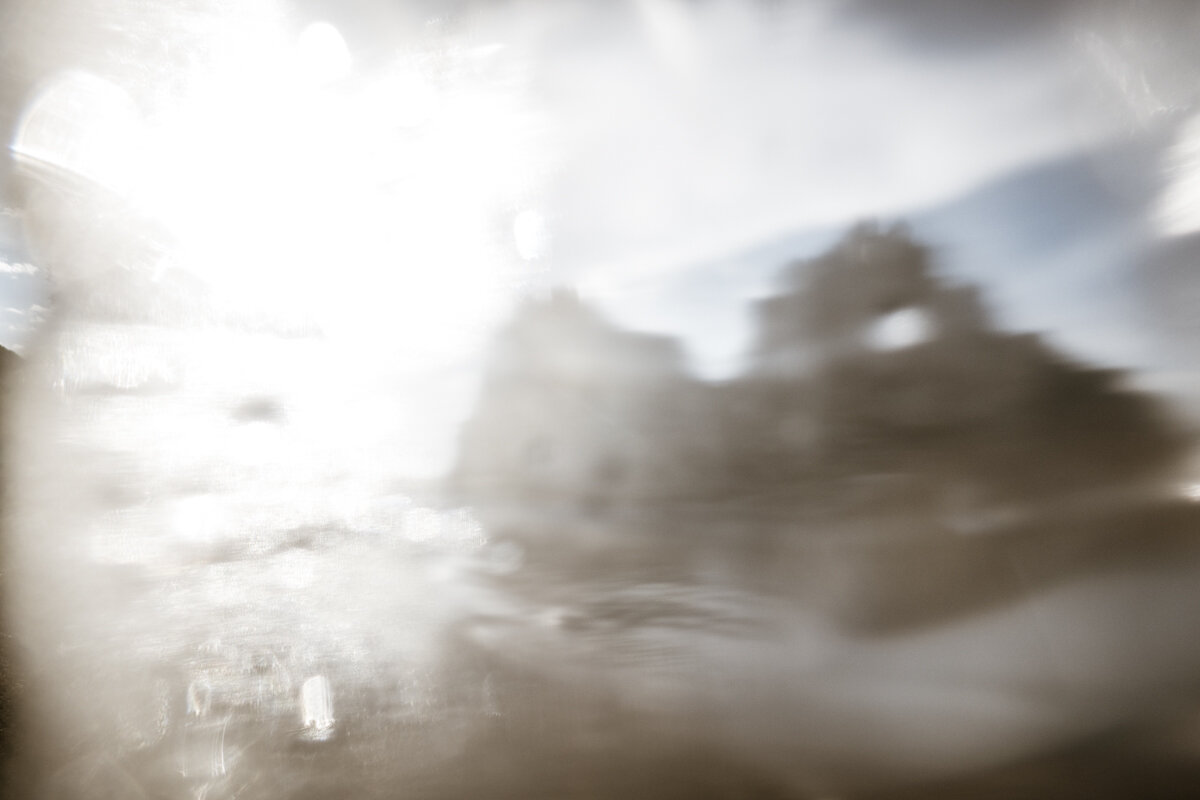
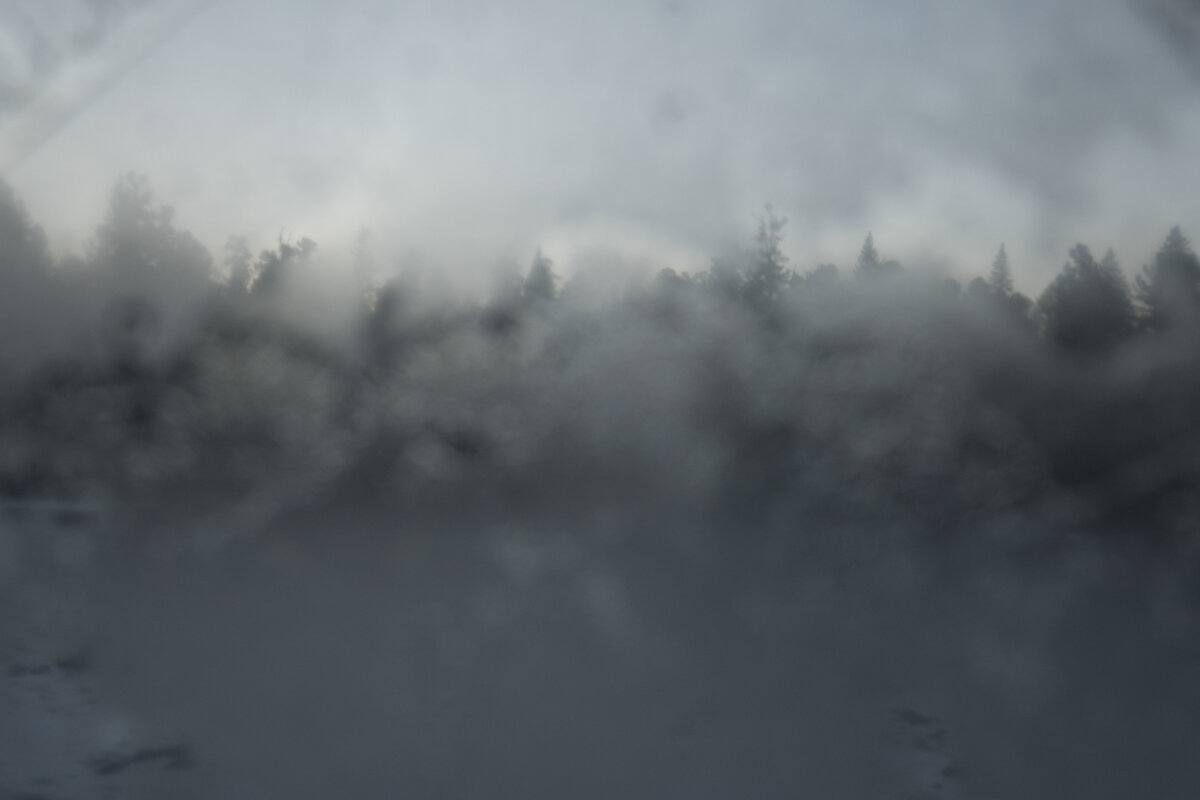
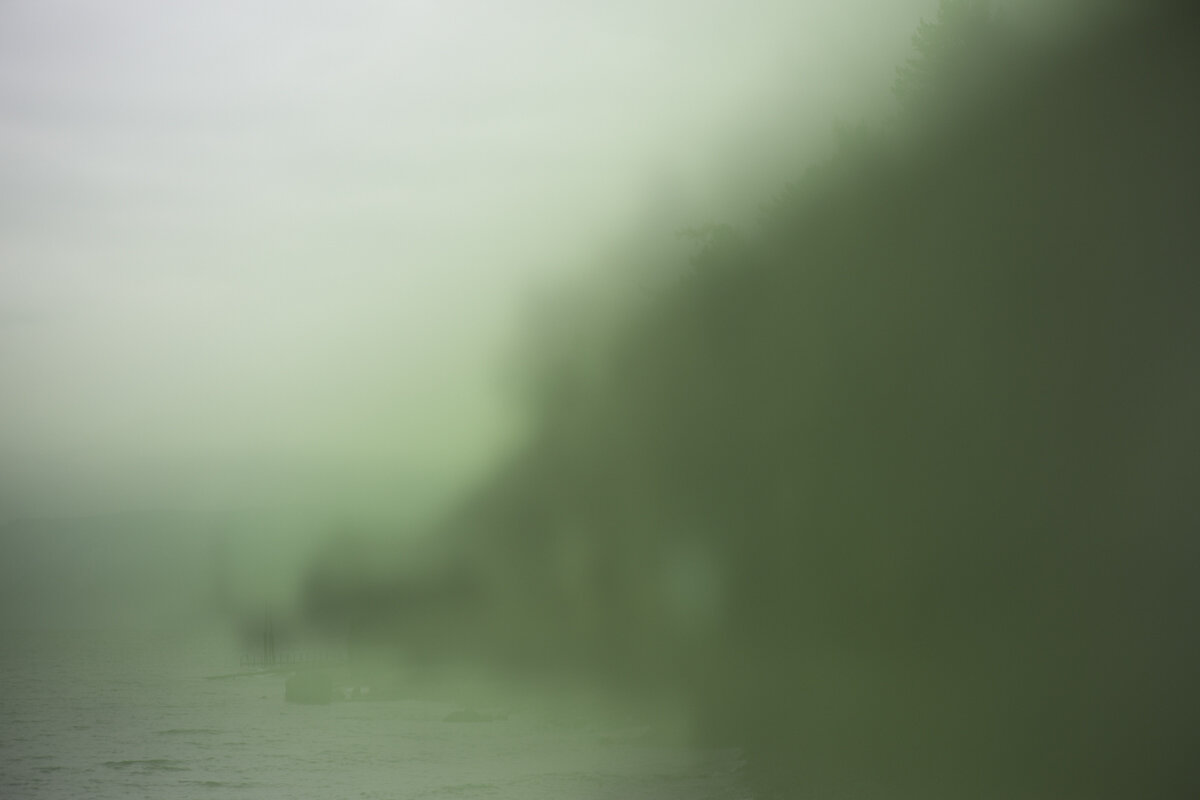
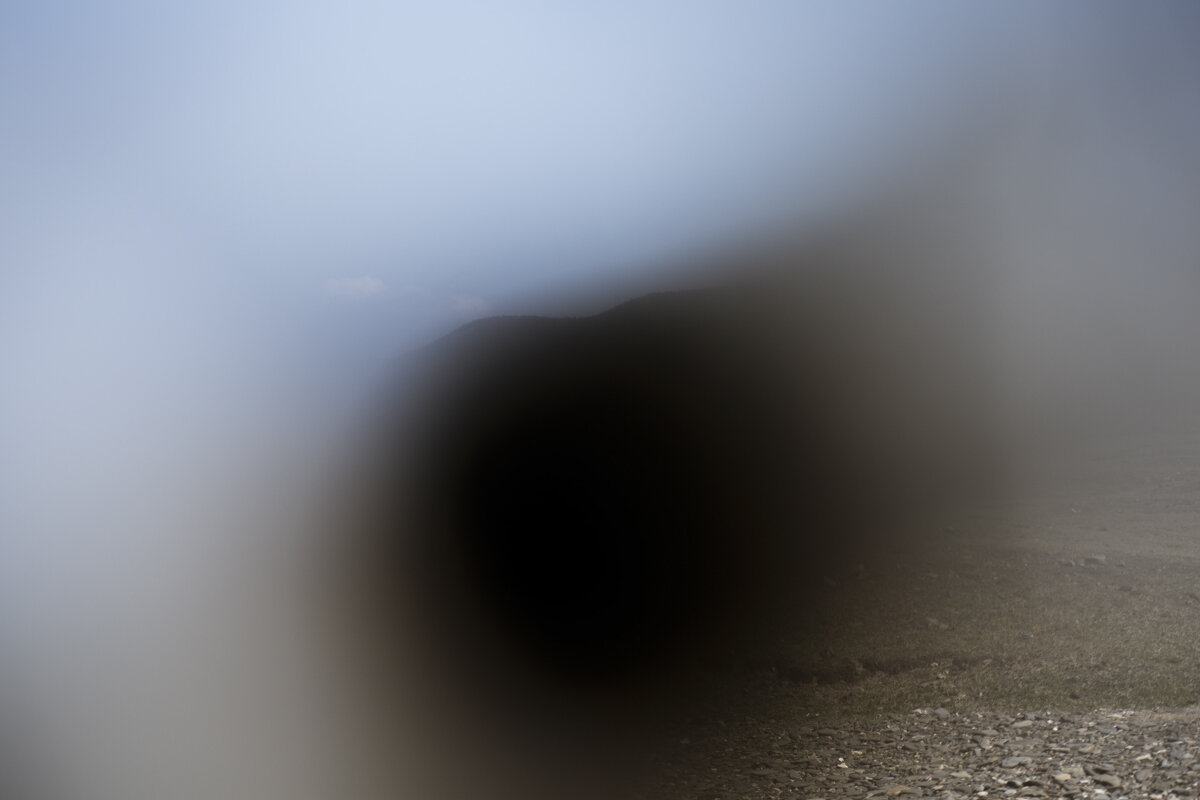
Visual Catalysts is an international exhibition that appeared earlier this year in Tampere, Finland. Focused on the worldwide climate crisis and other forms of environmental degradation, the exhibition sought to promote new ways of visual representation that help spur real action toward a green and sustainable future. I was very pleased that several of my images from the series “Like Water Through Plastic” were included.
Now, the catalog for the exhibition has been issued, including several important essays that focus on the included work. One essay in particular, titled The Ways We Imagine the Future, is focused very intensively on my series, and I wanted to share that here.
Earlier, I’ve written in this space about the challenge of plastic pollution, which continues to be a daunting problem throughout the world. And I explained my process, which involved using found waste in the landscape, primarily plastic and glass, as a sort of “supplemental lens” to create photographs that call attention to the environmental degradation these objects cause.
The essay, however, doesn’t focus extensively on the negative impact of this form of pollution. Instead, the authors, Hanna Lehtimaki & Siiri Poyhonen of the University of Eastern Finland, chose to focus their attention on the transformative power of imagination in helping us bridge to a sustainable future.
According to the authors, “our imagination is in fact often rather limited,” because our experience of past events compromises our ability to project into the future. This limits our focus to a “dystopic narrative” that “evokes emotions of despair and frustration and justifies passivity.”
However, in the view of the authors, artists have the potential to break this cycle and direct us on a much more hopeful path. By shaking up our ways of thinking in ways that are both big and small, artists in the post-pandemic world can help us build on our strengths and proficiencies rather than remain passive in the face of overwhelming problems. “Artists are vital agents in encouraging imagination and opening challenges to participate in changemaking. They encourage us to realize possibilities, [and they] use hope as a lens in exploring what alternative ways of perceiving and acting we have.”
I am surprised and humbled and honored that the two professors believe my photographs are an example of this process, and I am indebted to them for reflecting on my work and sharing their ideas. But more importantly, it is extremely inspirational and encouraging for all artists working in this difficult time to receive this feedback and to be able to use the power of these sentiments to rededicate themselves to imagining a better future and contributing to real and lasting change.
The text of the essay follows:

